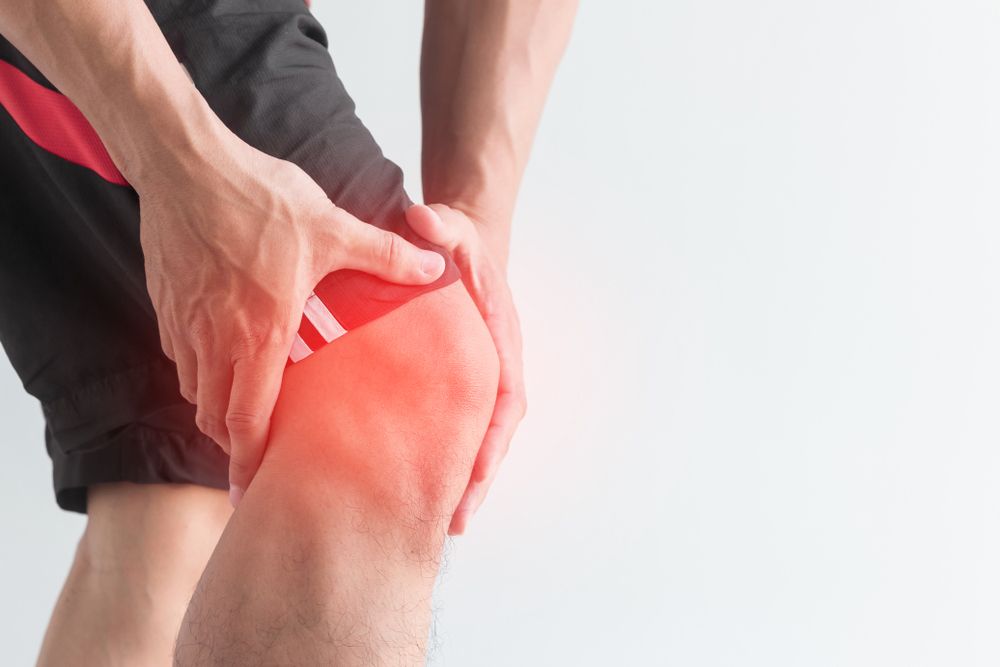[vc_row][vc_column][vc_column_text][/vc_column_text][/vc_column][/vc_row][vc_row css=”.vc_custom_1618452987836{margin-right: 30px !important;}”][vc_column][vc_column_text]With the spotlight focused on women in sport more than ever before, it is important for healthcare professionals to reflect on what research of the female athlete has to offer. For myself, as someone who had umpired mens football for many years and trained amongst many aspiring, now, AFL Umpires, I can say that during my time I thought they would always do better than me simply because they were male. They were stronger than me. They were faster than me. They could bounce the ball higher than me.
Well, I am questioning that now.
I have been inspired by a talk delivered by Dr. Sophia Nimphius at the Female Athlete Seminar held in late February. She delves into how research fails to consider all athletes as a whole and therefore makes generalizations, especially in regard to female performance.
The studies that Sophia has contributed toward indicate that exposure to the sport, development of skill-set and sport-specific training are more likely the drivers for optimum performance, rather than the assumption that females are biomechanically inferior.
The initial studies investigated the neuromuscular function between males and females. Using 16 males and 16 females, strength-matched according to the amount force produced during a squat hold, there was no significant difference in the amount of muscle activity between genders. And also, the range of variability across either gender is large and these ranges, the males and the females, overlap significantly.
Consider how boys have grown up playing football, become men and become elite athletes playing at the highest level. A lifetime of exposure to that sport results in specific physiological adaptation. We cannot expect women in AFLW, who likely started playing football in their teens to have the same physiological adaptations or skill-set.
In comparison, consider dancers. They are required to leap, twist, turn for hours and their training has required years of dedication to technique, for both males AND females. The ACL injury is not a common injury for dancers, but they do land with the same biomechanics which seemingly cause the ACL injuries in AFLW.
It is easy to generalise that biological differences or poor landing mechanics cause increased injury rates in the female athlete, when there is little to no research for females. Maybe the real reason is differences in sporting exposure, training structure and support. Maybe we need to stop perceiving women as inherently less able, when society and culture could be driving disbelief in female succession by not providing the necessary resources or support. [/vc_column_text][/vc_column][/vc_row][vc_row equal_height=”yes”][vc_column width=”1/3″][vc_single_image image=”3504″ img_size=”full” label=””][/vc_column][vc_column width=”1/3″][vc_single_image image=”3506″ img_size=”full” label=””][/vc_column][vc_column width=”1/3″][/vc_column][/vc_row][vc_row css=”.vc_custom_1618452997860{margin-right: 30px !important;}”][vc_column][vc_column_text]References
Nimphius, S., McBride, J. M., Rice, P. E., et al. (2019). Comparison of quadriceps and hamstring muscle activity during an isometric squat between strength-matched men and women. Journal of Sports Science and Medicine, 18(1), 101-108. https://www.ncbi.nlm.nih.gov/pubmed/30787657
Nimphius, S. (2019). Exercise and Sport Science Failing by Design in Understanding Female Athletes. International Journal of Sports Physiology and Performance, 14(9), 1157–1158. https://doi.org/10.1123/ijspp.2019-0703
Fox, A., Bonacci, J., Hoffmann, S., Nimphius, S., & Saunders, N. (2020). Anterior cruciate ligament injuries in Australian football: Should women and girls be playing? You’re asking the wrong question. BMJ Open Sport & Exercise Medicine, 6(1), e000778. https://doi.org/10.1136/bmjsem-2020-000778[/vc_column_text][/vc_column][/vc_row][vc_row el_class=”colored animate” el_id=”our-team” css=”.vc_custom_1618452942113{background-color: #f2f2f2 !important;}”][vc_column width=”1/4″][vc_single_image image=”3508″ img_size=”large” label=””][/vc_column][vc_column width=”3/4″][ultimate_spacer height=”0″ height_on_mob_landscape=”15″ height_on_mob=”15″][porto_ultimate_heading main_heading=”AMY ZAPPAVIGNA” alignment=”left”]
[/porto_ultimate_heading][vc_column_text]
Amy has integrated her clinical skills and Pilates knowledge into treating and managing her client’s injuries. She enjoys getting people active and on the right path to achieving their fitness and functional goals.
In her spare time, Amy is training for her next triathlon or running around the field umpiring amateur football.
SPECIAL INTERESTS:
Treating Running Injuries
Rehabilitating Spinal Pain.
[/vc_column_text][/vc_column][/vc_row]

